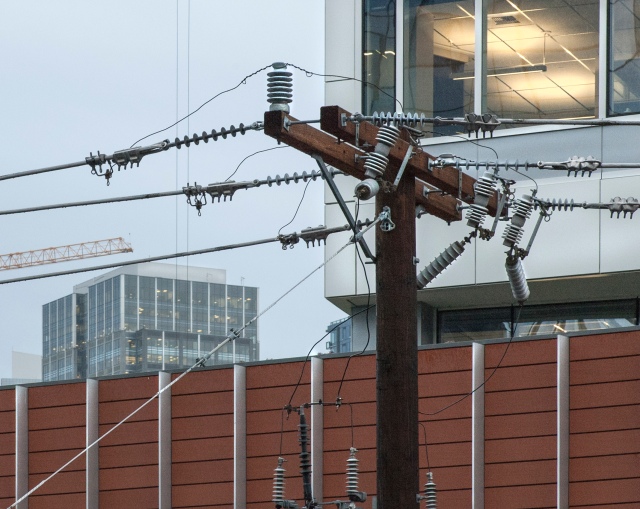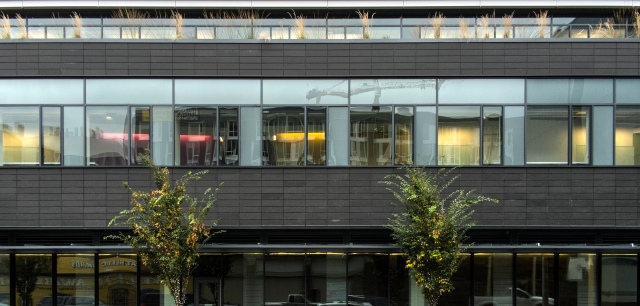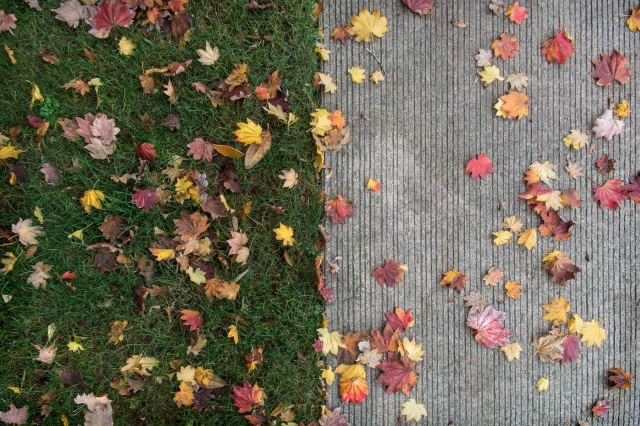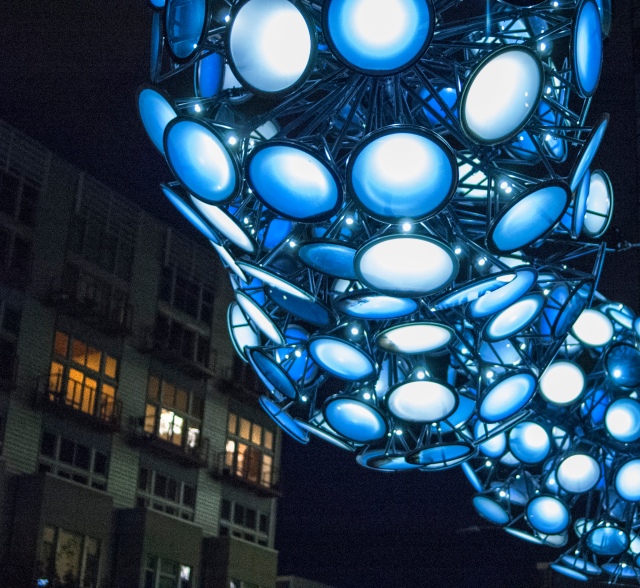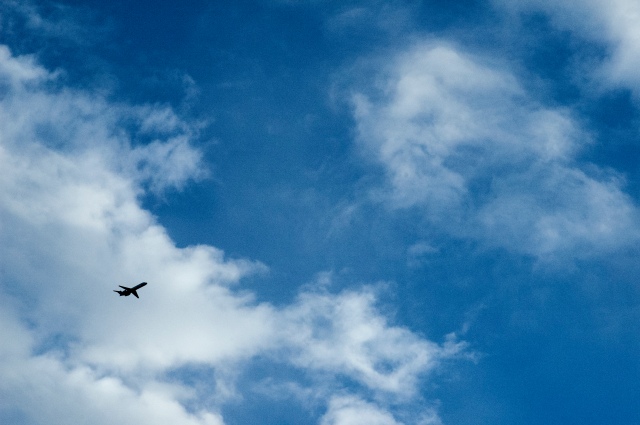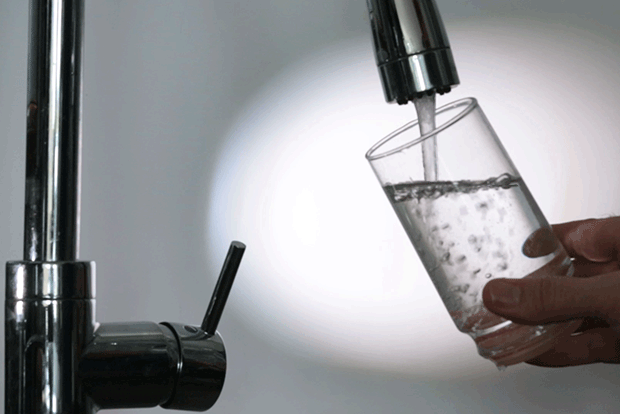
Bob Sullivan’s ‘The Plateau Effect’
My friend Bob Sullivan has written about the concept of the “plateau effect”. At the risk of over simplifying Bob’s thesis, it’s the idea that learning is a little like climbing a hill. Knowledge and experience build on themselves, and we reach a higher place. However, there is a point where our efforts and the resulting products tend to flatten out. That plateau can be a comfortable, lazy place. I admit to working in that space too often.
Working as a photographer can be ripe with examples of the plateau effect. Developing a style is difficult because it’s not just about “style”. Photography is a lot about understanding technology enough that it stops getting in the way of your style. On that point, I recently discovered something that I’ve incorporating into my daily work. It’s become an indispensible part of how I photograph. So much so, that I want to share it with my photography friends.
First, allow me to explain the problem. Photography is mostly about three things; light, color and the moment. The moment is the most important thing. It’s what separates okay work from amazing work. It would be great if ‘the moment” was the only thing a photographer had to think about, but that is not the case. Our medium is light, and one of the main characteristics of light is color. So, you have to get control of light and color before you can dependably capture good moments.
Color can be perplexing for a photographer. We take accurate color for granted because our eyes/brain compensate for environmental color shifts that happen as we move from outside to indoors. We often don’t notice the ugly green of florescent tubes or the cold blue of open shade on a sunny day. But pick up a camera and you’ll quickly discover of how perplexing color can be. Throw in the fact that there are no agreed upon color standards between camera manufacturers. For example, the way Canon interprets and records red is different from the way Nikon sees the same color, etc. etc. It’s enough to make you switch your camera to AUTO and throw up your hands. That’s a significant plateau, because you’ll never get better than what the sensor and software in your camera can produce.
Color has been one of these things I’ve always been able to fumble through. I’ve been good enough at it to sneak by, but there’s been a little voice in the back of my head for a couple years that’s been nagging me about color. The other part of this is that it’s INCREDIBLY inefficient and inaccurate to custom process every single photo you shoot. I want to cry when I think of all those hours wasted in front of a computer monitor agonizing about the accuracy of the color in a photograph.
I recently embraced my color problem. Fellow photographers, look away if you’ve already solved this, but read on if you’ve been as flummoxed by color as me. I’m pretty sure you’ll be happy with the knowledge you’re about to gain. It might even help you climb up off your current plateau.
I recently became aware of the Color Checker Passport. You can buy one at a camera store or order one online. It costs $100, and it consists of two things.
- Software
- Color checker passport
The software plugs into both Lightroom and/or Photoshop. So, you can incorporate it into your already established workflow.
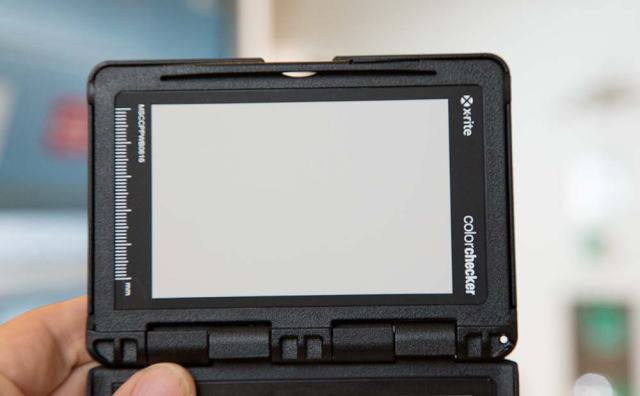
Shoot the white card to set a custom white balance in your camera.
The Color checker passport is an object that’s the size and shape of an actual passport. It will easily fit into your photo vest pocket or camera bag. In the passport you’ll find two important pages. The first is a standard white card. You’ll photograph it in order to set a custom white balance in your camera for every shoot going forward. Doing this one thing will significantly improve your photographs.
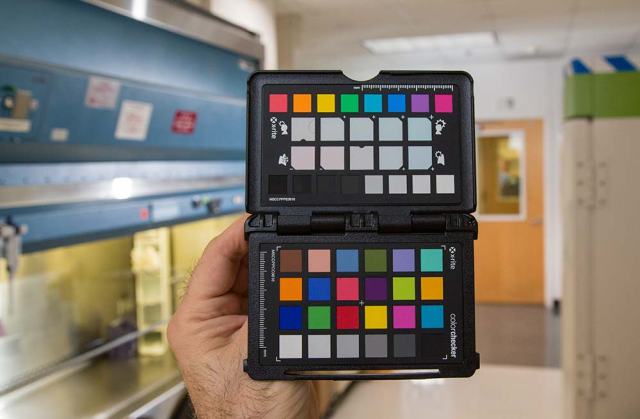
Photograph the color grid. You’ll use this with the software you’ve installed on your computer.
Then turn the page of your passport and photograph the color grid. This grid contains a bunch of predefined color patches. You’ll use this grid picture with the software you loaded onto your work computer. That software is programmed to accurately understand each of the colors in your passport grid.
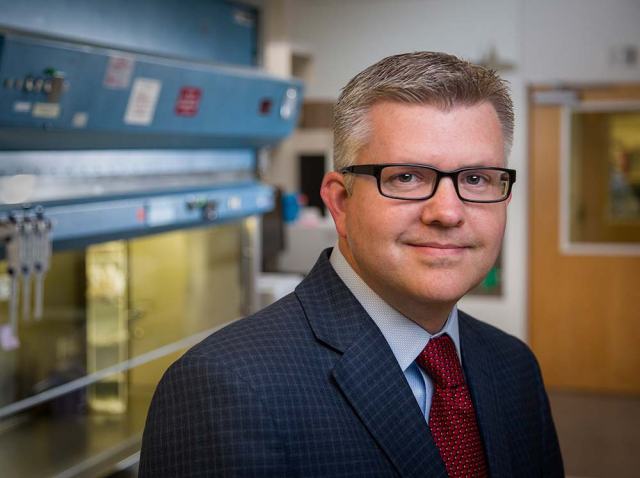
Bruce Thompson in the Therapeutic Product Program facility at the Fred Hutchinson Cancer Research Center in Seattle, Washington.
It will take an afternoon of test shooting, but you’ll quickly gain functional knowledge. Then you’ll use if for your first real shoot, and you’ll see an immediate and significant difference in your color management. So much so, that you’ll quickly stop being intimidated by color. In fact, this removes color guesswork, and it will allow you to quickly apply accurate color to entire shoots with a few mouse clicks. Color will become one of your photographic strengths, and you be able to clear your mind and get back to looking for good moments. Now, go make pictures.

